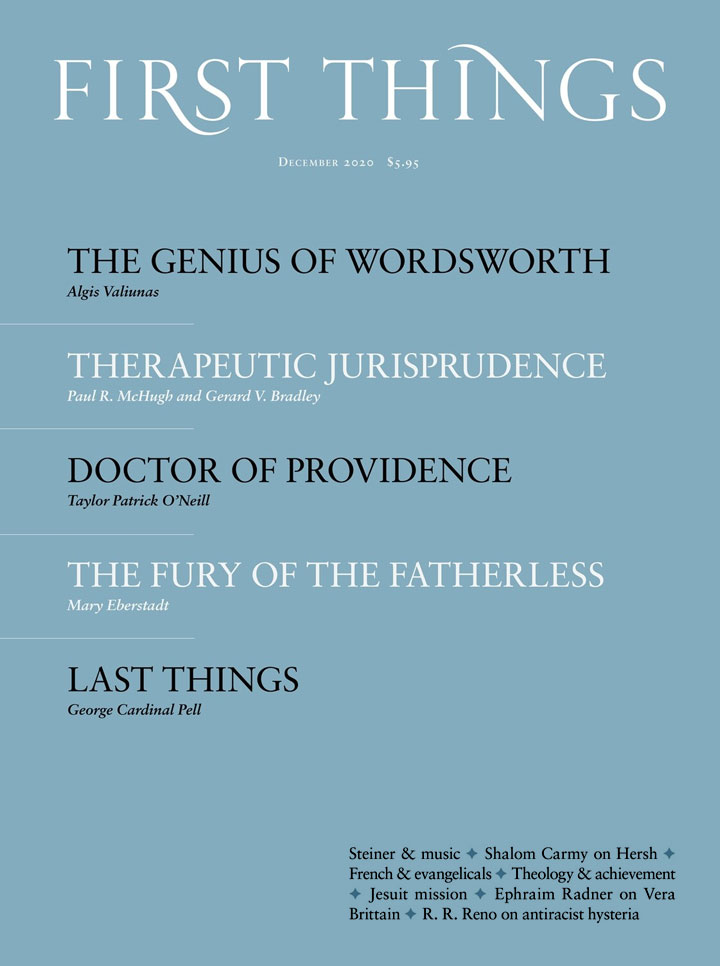Gertrude Stein characterized the young men and women emerging from the wreckage of World War I as the “lost generation.” I had Stein’s words in mind while reading Vera Brittain’s memoir, Testament of Youth, published in 1933. The book is a classic of the period, written from the perspective of a bright, sensitive, and literarily self-conscious representative of England’s young feminist intellectuals. Brittain’s account interweaves her diary entries with her poetry, the poetry of her fiancé Roland Leighton (who was killed early in the war), and narrative elaborations of often brilliant descriptive finesse. The passion of attraction and love is sharply illuminated, but the story is about much more than an ill-fated romance. Two of Brittain’s best male friends, part of her fiancé’s circle of companions, were also killed in the war, as was her younger brother, who first introduced her to Roland. In fact, it is her brother’s haunted and perseverant soldiering and death at the very end of the war that dominates much of the book, the last of the savage destructions of all her closest loves.
Brittain’s Testament is a memorial to her generation. She frames the volume with two poems on this theme. But she never calls her generation “lost.” She will sometimes call it “dislocated,” “condemned,” even “accursed.” Most pointedly, hers is simply the “war generation,” shaped by the strange beauties, tremendous courage, and profound affections and disgusts that come with war.
Brittain was among the first group of women to study at Oxford. She left the university early in the war to work as a volunteer nurse, still in her early twenties. She labored to the point of exhaustion in the wretched military wards of London, Malta (surviving on her way the sinking of the enormous hospital ship Britannic), and the Western front. It is fair to say that, short of fighting in the trenches, she saw “everything” the war had to throw up against humanity. Hers was the “war generation” because somehow, in her mind, the fullness of what war is had taken hold of millions of her contemporaries and remade them.
Much of the latter part of the memoir is concerned with putting things back together again after the war. Brittain, like many others, suffered through a near psychological collapse. But upon returning to university, she set herself on a path of renewed purpose. She dedicated herself to a life of activism. Writing hundreds of articles, working on novels and poetry, supporting political representatives, joining with formal programs for women’s rights, attending and speaking at rallies and debates—the 1920s were like a nonstop campaign that crisscrossed Britain and Europe in a race against time before some grand election.
In Brittain’s telling, this was the moral legacy of the “war generation”: the rebuilding of the human community. And she became one of this project’s indefatigable foremen. Her devotion turned to the League of Nations Union, a group pressing for the new internationalism that would make war unnecessary. She journeyed around the U.K., giving talks in half-empty community halls and churches. She traveled to the Continent to observe the League in action. She consulted, despaired, exulted, wrote, and spoke. Her generation needed to change everything; faithfulness to her generation’s task demanded that everything become her responsibility.
I confess to a feeling of weariness as I read all this, especially knowing where it would end up in 1939. Exalted hopes and a breathless sense that everything she does “matters” for “everything” at every moment overwhelms everyday reality. Brittain’s activism becomes more and more a distraction from others, a self-absorption underlined again and again. She peppers her account with poems and journal entries as if, more and more, this tireless campaign came down to her frantic inner sense of self, for which the world outside can only be a kind of mirror.
Brittain was gradually drawn to Christian pacifism and joined the nonsectarian Peace Pledge Union, headed by the charismatic Anglican priest Dick Sheppard (the enormously popular vicar of St. Martin-in-the-Fields, and later Dean of Canterbury). Though Sheppard died unexpectedly in 1937, Brittain continued to give herself to his activism, writing three significant pacifist volumes in the course of World War II. The pragmatic agenda of the League of Nations Union was transmuted by the Peace Pledge into a more “ideal” or absolute form of pacifism. In the face of German rearmament and aggression, those who made the Peace Pledge—well over one hundred thousand before the war began—promoted an array of responses, from negotiation to nonviolent resistance to the promise that an unarmed Britain would simply be of no interest to the Germans.
War’s arrival did not deter Brittain. In 1942 she published Humiliation With Honour, which takes the form of letters to her fifteen-year-old son, John, who lived in the United States. (She had married the political scientist George Catlin in 1925 and started a family, and his position at Cornell University gave rise to an unusual relationship that put her children on the other side of the Atlantic during the war.) Her goal in these “letters” is to explain to her son why she holds her anti-war convictions.
The argument turns on “humiliation”: accepting personal and even military defeat without violence or vindication. Humiliation, Brittain insists, is the ground of “inward redemption,” of “love that transcends power.” She applies this dynamic to nations, but the lasting consequence of corporate abasement, she says, is the freedom it brings to individuals. Nations are intrinsically perverting entities, deformed by power. As nations and groups dissolve, they leave open a large space for individual flourishing.
Despite a few references to Jesus and several of his stark teachings on suffering, the book’s religious tenor is vague. The Jews (of either Israel or Europe) are hardly mentioned, and the incarnate divinity of “the Christ” is largely absent. There is a deep pathos expressed as Brittain recounts to her son the horrendous carnage and destruction war has brought, in her own life and that of so many others. Her pacifist vision is one that must lift itself above the earth and its losses, all piling up in mounds of sorrow. By leaving war behind, the war generation, in Brittain’s vision, leaves behind the trackless wastes of the war-scarred world itself.
Hemingway begins his first and most famous novel with Stein’s adage about the “lost generation.” But he titles the novel The Sun Also Rises, providing, after quoting Stein, the biblical text from which his title derives, the early verses of Ecclesiastes:
One generation passeth away, and another generation cometh; but the earth abideth forever. . . . The sun also ariseth, and the sun goeth down, and hasteth to his place where he arose . . .
Generations rise and fall for the same reason the sun also rises: because “the earth abideth” still. The world continues and our place within it carries on, whatever blows we suffer. Against our modern tendency to imagine that we are in some way facing unprecedented circumstances, whether of untold promise or of unbearable grief, Ecclesiastes draws our attention to “ongoing-ness.” Whether or not Hemingway would repudiate Stein’s judgment, he seemed to resist its final claim on his generation. It was a claim that Brittain herself also resisted. Yet rather than trust in that which abides, she threw herself into banishing time’s divided patrimony of good and ill, an ambition that drew her up and away from our incarnate condition.
There is a genuine Christian current that pulled Brittain in this direction. After all, as St. Paul writes, the form “of this world passeth away” (1 Cor. 7:31), and that fact can indeed free us to live for Christ rather than in accord with the world’s demands. Perhaps, however, one reason Christians have an Old Testament is to be reminded that the “earth abideth,” even in the face of our fatigue and disillusion. The “elements” of both heaven and earth will one day “melt in the heat” of God’s unraveling of the present age (2 Pet. 3:12), but in the meantime, creation’s ongoing-ness is a grace given by God for human repentance (1 Pet. 3:9). As we turn to our worldly and created vocations, season after season, we turn to God, who season by season warms and cools the just and the unjust (Matt. 5:45). This last verse is, in fact, the premise upon which the love of enemy is founded.
As it happens, I stumbled upon Vera Brittain’s Testament of Youth while seeking a volume by her deceased fiancé’s sister, Clare Leighton. Clare was one of the early twentieth century’s most remarkable printmakers. Her work is supple, sinuous, and ravishingly simple. Many of her images, gathered with her own texts, were devoted to the earth and its tending. I had been looking for an edition of Four Hedges to give to my wife. The volume and its beautiful woodcuts detail a year working in a garden in the Chilterns in the 1930s. Clare Leighton’s prints, however, record much more than rural scenes: African-American gospel singing, women and men at work in factories and by the roads, the building of ships and raising of houses, families gathered. She, too, survived the war.
Ephraim Radner is professor of historical theology at Wycliffe College.


